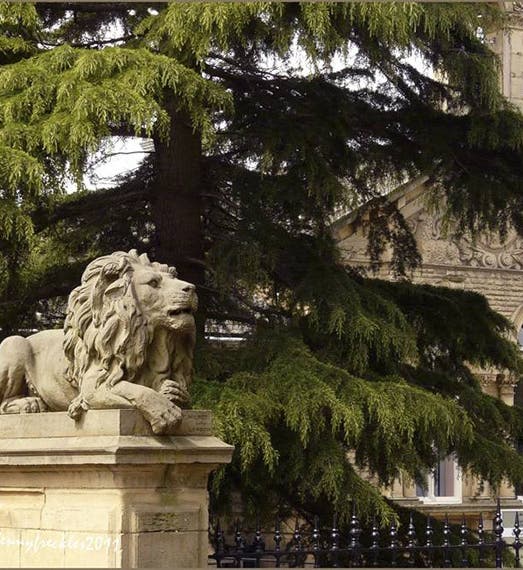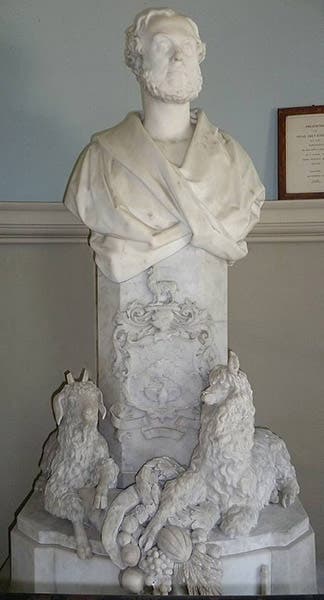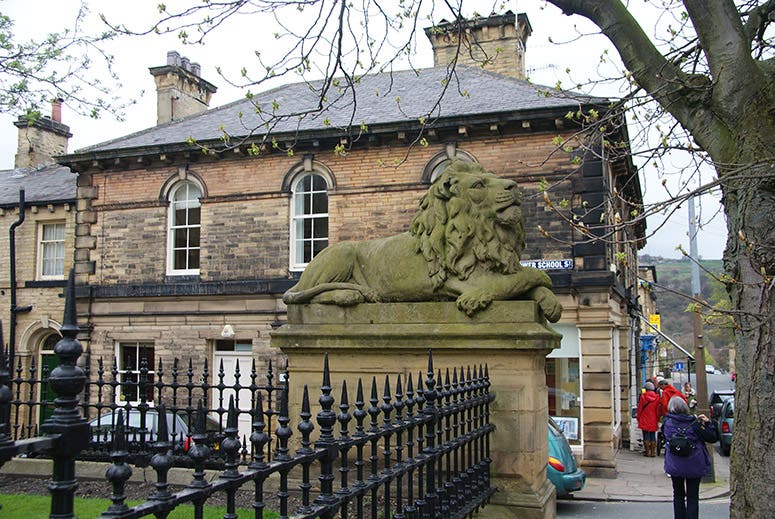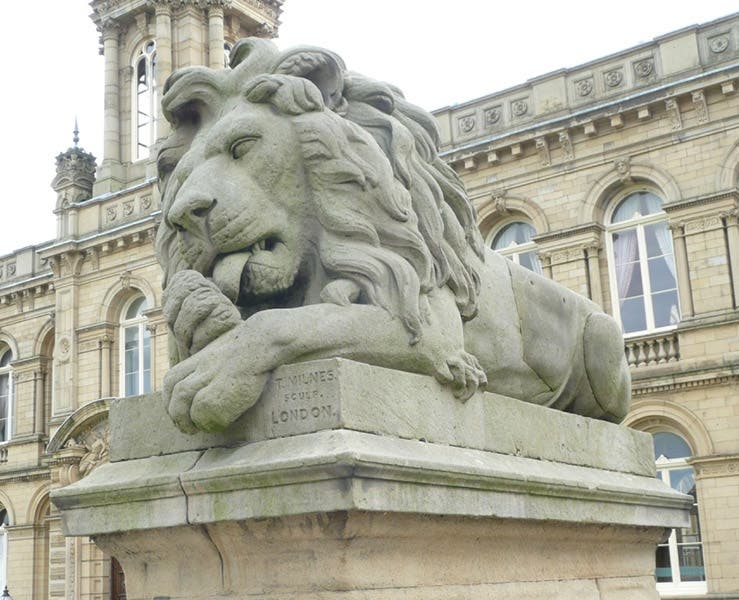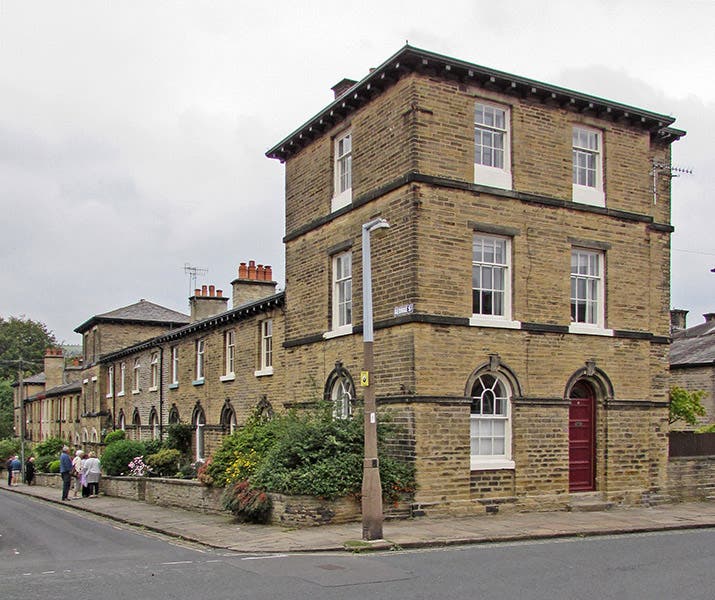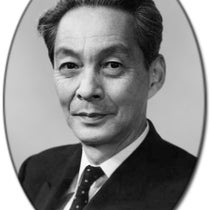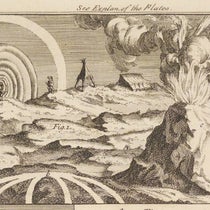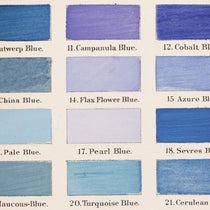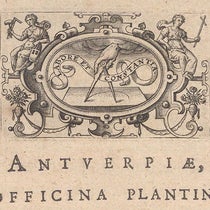Scientist of the Day - Titus Salt and Thomas Milnes
Titus Salt, philanthropist and wool baron, was born Sep. 20, 1803. Titus was a manufacturer in Bradford, West Yorkshire. In 1851, he bought up land about five miles away on the River Aire to construct a large textile mill. In order to provide a work force for Salt’s Mill, he built an attached village known as Saltaire, one of England’s’ first planned communities, with workers’ cottages, parks, recreation halls, a school, a hospital, and a church. There is nothing especially scientific or technological about any of this, but we have often in these posts celebrated animal artists, whether painters or sculptors, and an animalier named Thomas Milnes would hook up with Salt in a very interesting way. There are no birth or death dates for Milnes, so it is fortunate that we are able to team him up with Salt in our post today.
Their acquaintance began when Milnes was commissioned by the village of Saltaire to make a bust of Salt, which he delivered in 1856 (second image). Milnes had earlier done statues of Wellington (at the Royal Arsenal, Woolwich) and Lord Nelson. The bust of Salt clearly indicates Milnes’ interest in animal sculpture, since an alpaca and an angora goat decorate the base of the bust. Milnes’ dexterity in portraying animals came to the attention of the people supervising the erection of Nelson’s Column in Trafalgar Square in London, and Milnes was invited in 1858 to submit models of four lions to flank the column. Milnes duly designed four lions, but the administrators were apparently not pleased with his felines, and they withdrew the commission and offered it instead to Edwin Landseer. Those are Landseer’s lions that you see if you visit the square today
So Milnes had four model lions in his studio with no buyer. When Salt heard about this, he was delighted, and he immediately offered to commission four full-size versions in stone for his new town. The lions were sculpted by Milnes, delivered, and installed in Saltaire in 1869. They are still there and are the pride of Saltaire, in a manner of speaking. We show two of the lions from a moderate distance, and one from closer up so that you can see Milnes’ signature on the base. Each of the lions has a name; our first image shows Determination; the third image is Vigilance, and the detail below shows us Peace. The sculpture of War has been excluded, as war should be.
Saltaire became a World Heritage Site in 2001, so the lions are going to be well-cared for. We show a view of a row of the well-preserved workers’ cottages below. Several commentators have pointed out that if you made the Saltaire lions twice as large and converted them to bronze, they would be more impressive (and more expressive) than the Landseer lions now in place at Trafalgar square. Here is one of the Landseer lions, so that you can make the comparison yourself. The citizens of Saltaire are grateful that the Trafalgar Square oversight committee declined to pick up their option on Milnes’ lions.
Milnes’ bust of Salt may have played an important role in the genesis of the Saltaire lions, but the renderings of the animals on the base of the bust are quite a bit better than the portrayal of Salt. So for our final image, we show you a full statue of Titus Salt by Francis Wood, situated in Roberts Park, Saltaire (sixth image).
Dr. William B. Ashworth, Jr., Consultant for the History of Science, Linda Hall Library and Associate Professor emeritus, Department of History, University of Missouri-Kansas City. Comments or corrections are welcome; please direct to ashworthw@umkc.edu.

